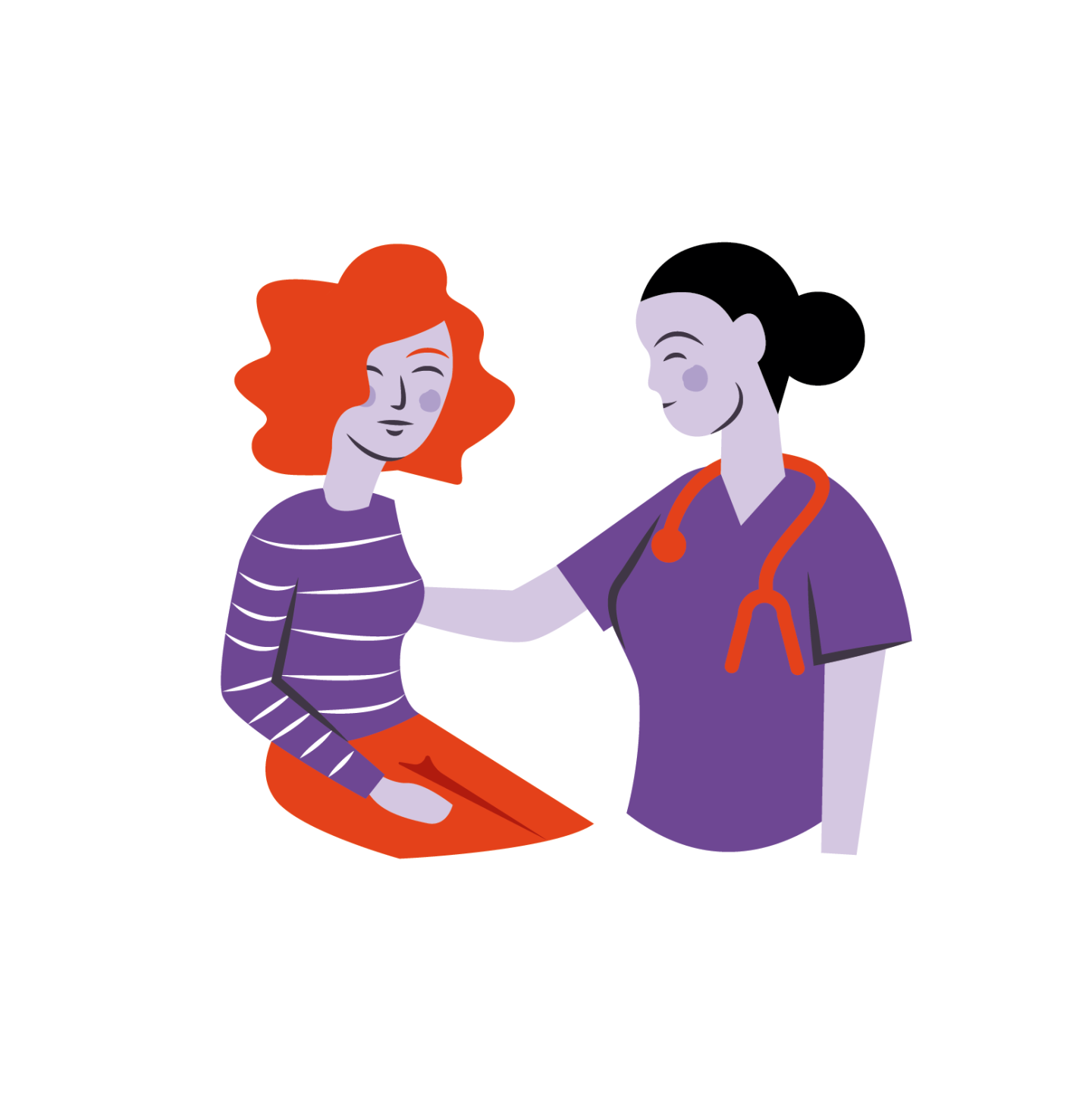What are the ultimate goals of treatment?
The ultimate aim of HAE treatment is to allow you to live your life without any attacks. Recently, a panel of medical experts in the management of HAE and HAE patient representatives defined the ultimate goals for HAE treatment as:1
If complete control of the disease cannot be achieved, the goal of treatment should be to reduce the number of attacks as much as possible and improve the patient’s quality of life.1
Aiming to achieve complete control of the disease with your doctor will help you to be able to live your life as normally as possible.
When treating HAE, a distinction is made between immediate treatment of acute swelling attacks (on-demand treatment) and preventative (prophylactic) therapy. You should discuss which of these treatment options is most suitable for you with your HAE specialist.1






